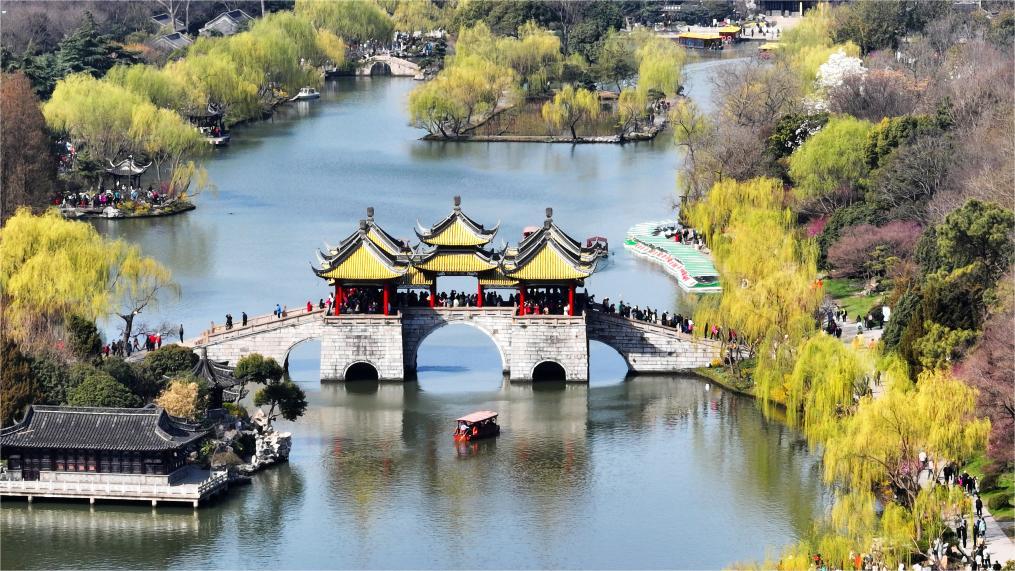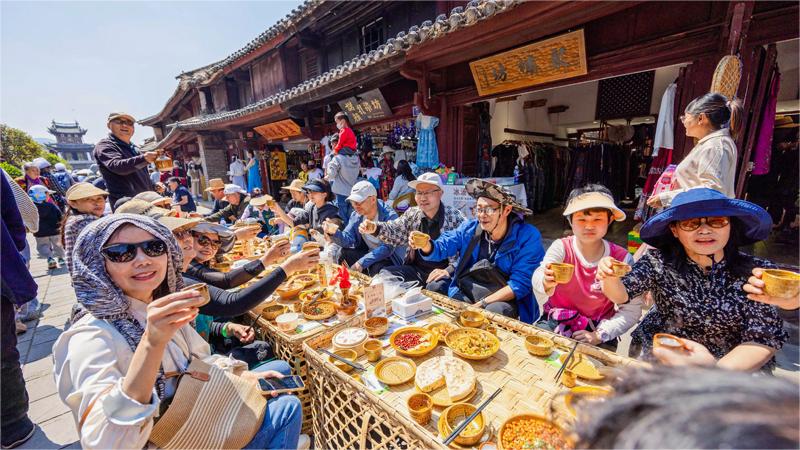Cooperation with China conducive to Mexico's manufacturing development

Illustration: Chen Xia/Global Times
As the US is attempting to regain some of the manufacturing output it transferred in recent decades to emerging countries, many companies have already chosen to settle their production facilities in Mexico, due to its lower costs.
Mexico's manufacturing sector is benefiting from a restructuring of the North American industrial chain. However, citing analysts, the South China Morning Post (SCMP) reported on Tuesday that Mexico is under pressure from the US, with Washington likely to increase measures aimed at limiting Chinese exports and investment flows into Mexico.
As reported by the SCMP, Mexico recently imposed duties on Chinese steel nails and steel balls following anti-dumping investigations. Many believe that Mexico is a target of pressure from the US, and that pressure is likely to continue. Hopefully, Mexico can resist that pressure and provide fair treatment to Chinese companies.
Mexico has made remarkable strides in the global manufacturing supply chain over the past few years. Now the Latin American country should seize every opportunity to win over partners and boost its own manufacturing.
The US has been pushing forward with incentives for the domestic production of semiconductors, electric vehicles and other items, but this cannot change the fact that the US is one of the most expensive places on Earth to manufacture products.
So, some investors have begun to turn their eyes to Mexico. The Latin American country received $36.06 billion in foreign direct investment (FDI) in 2023, up 27 percent from the previous year.
The US campaign to revive its manufacturing sector appears to have resulted in contributing to the development of Mexican manufacturing. Mexico should seize this historic opportunity.
Recent years have witnessed the rapid development of Mexico's manufacturing sector.
First, labor-intensive manufacturing industries continue to grow in Mexico. Second, the country has sought to upgrade its industry structure from labor-intensive to capital-intensive, and onward to technology-intensive industries, such as lithium batteries, electric vehicles and semiconductors, to reap the dividends of economic growth.
A considerable part of trade between China and Mexico has been intermediate goods ranging from raw materials to components for electronic gadgets, which is driving the development of Mexico's factory sector.
Some statistics show that intermediate goods and capital goods, mainly referring to machinery and equipment used for expanding manufacturing production, account for about 85 percent of total bilateral trade.
China is Mexico's second-largest trading partner globally, while Mexico is China's second-largest trading partner in Latin America. Bilateral trade and investment has grown rapidly in recent years. Efforts to offer more space to enhance the development of free trade between the two countries will inject new momentum into Mexico's economy. It will be crucial for Mexico to grasp the opportunities that are opening up to its manufacturing sector.
In recent years, companies from around the world have moved production and equipment into Mexico as they seek a manufacturing base closer to the US. Against this backdrop, investment in Mexico by Chinese companies has also increased.
It is not surprising that the US may exert pressure on Mexico, even resorting to long-arm jurisdiction, to crack down on Chinese products and Chinese companies investing in Mexico. Mexico's economy would pay a price for Washington's distorted hegemonic behavior. The "long arm" of the US, which is disrupting the global manufacturing supply chain, should be cut off.
Providing a free, fair and orderly business environment for Chinese products and companies in Mexico is one of the most effective ways to enhance economic complementarity, and could support mutually beneficial cooperation to promote local manufacturing.
The author is a reporter with the Global Times.
Photos
Related Stories
- Mexican president denounces Texas' new immigration law as "draconian"
- China has 3,617 listed manufacturing companies by January
- Mexican president demands apology from Washington for slanderous media reports
- Mexico urges U.S. to regularize migrants' legal status
- Chicago students visit Shanghai People's Congress Standing Committee for lesson on China's governance
- Mexico's president accuses U.S. of stirring mudslinging in media
Copyright © 2024 People's Daily Online. All Rights Reserved.









